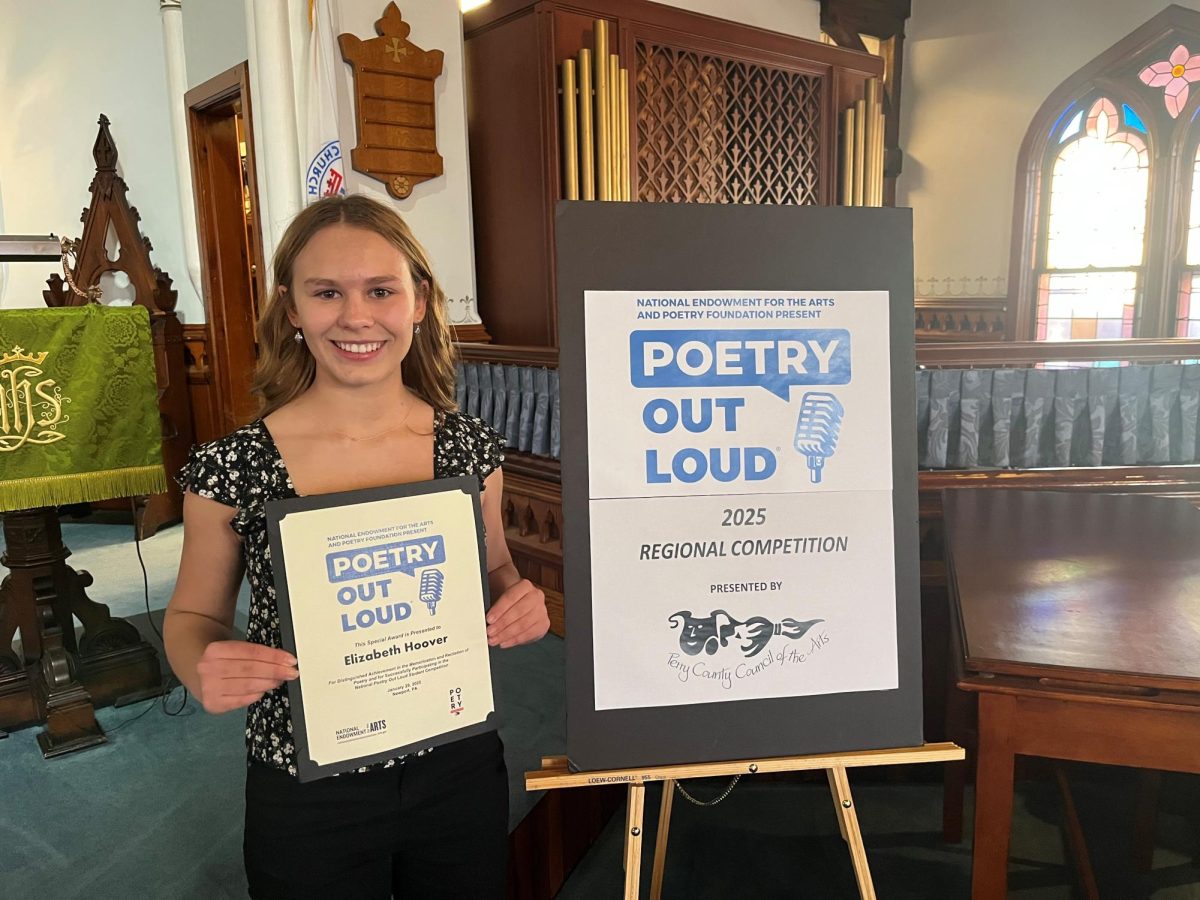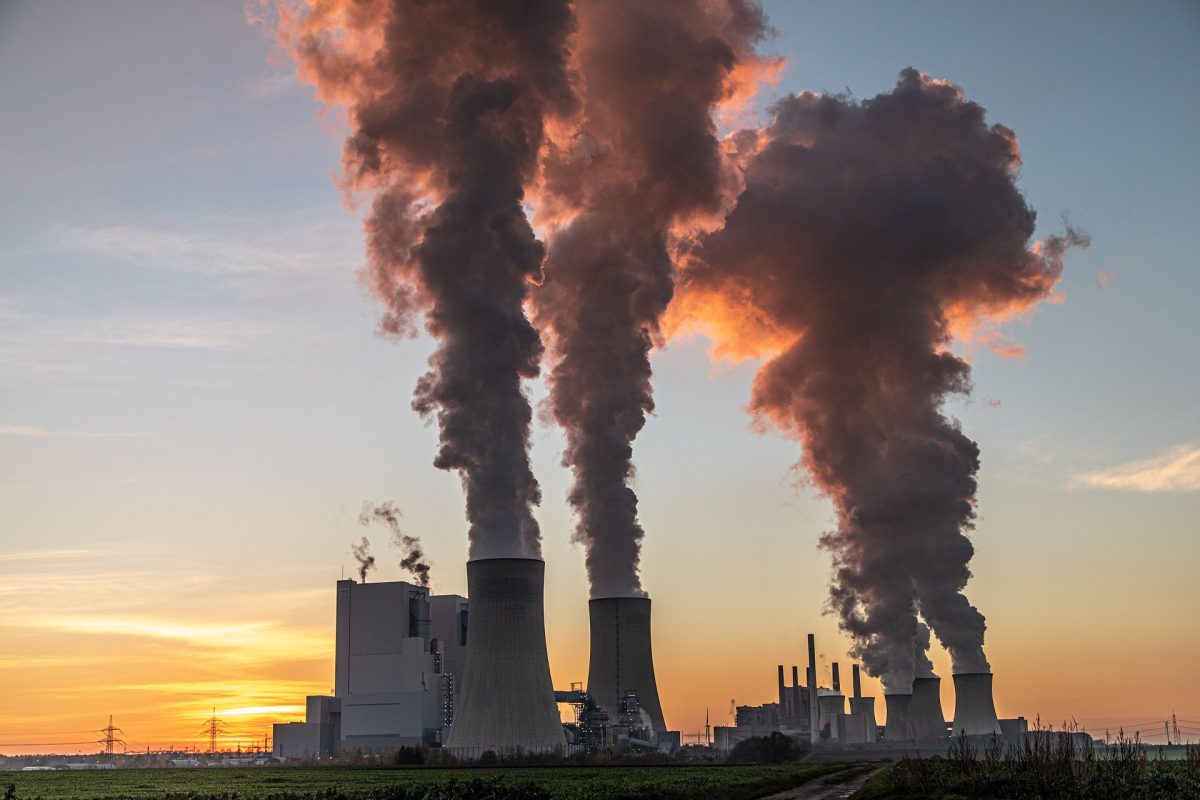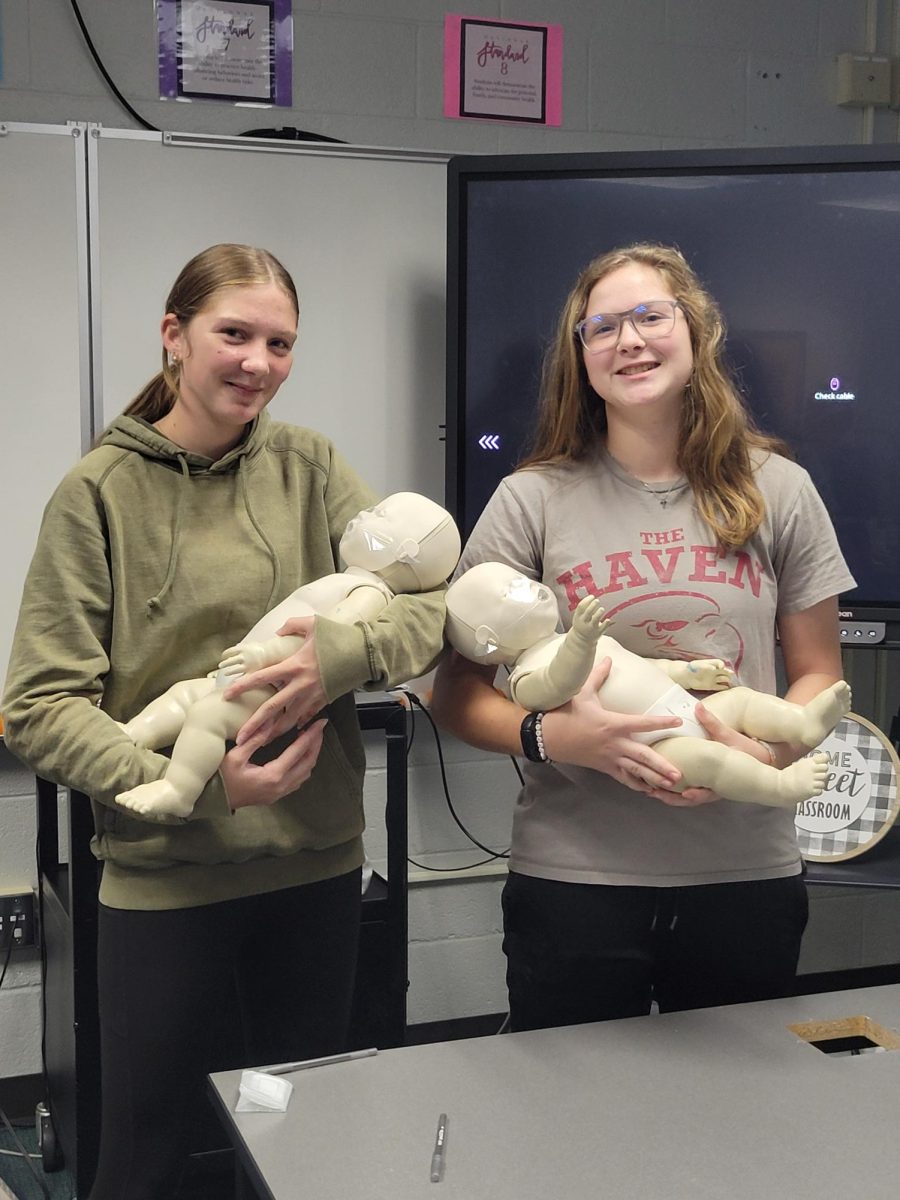The greenhouse effect occurs when greenhouse gasses such as carbon dioxide, methane, and nitrous oxide within Earth’s atmosphere trap incoming and outgoing heat. This increases the overall temperature of the planet. To some degree, the greenhouse effect is naturally occurring and beneficial. Recently, however, the buildup of gasses has contributed to an unnatural degree of global warming. They alter climate and weather patterns and are the main contributors to climate change.
In Pennsylvania specifically, climate change has caused a change in precipitation patterns. Storms have become more frequent and intense. On the opposite end of the spectrum, heat waves and droughts have lasted increasingly longer. According to the Western Pennsylvania Conservancy, “Climate change will likely alter the distribution and abundance of plant and animal species in Pennsylvania.” They are currently doing research to determine which species will be most affected by climate change.
The leading greenhouse gas is carbon dioxide, contributing 79.7% of greenhouse gasses in 2022. By 2020, the atmospheric carbon dioxide concentration had risen 48% since 1750. A study done by the Environmental Protection Agency tracked U.S. greenhouse emissions and sinks by gas, source, and economic sector from 1990 to 2022. It found that transportation is the main source of carbon dioxide at 35%, followed by electricity (30%), industrial sources (16%), residential and commercial sources (12%), and non-energy fuel use (2%). Other sources are responsible for the remaining 5%.
There are ways to decrease what is known as our “carbon footprint,” or the amount of carbon dioxide we produce. Plants, through photosynthesis, are extremely important when it comes to reducing the amount of carbon dioxide in the atmosphere. Forests are the world’s largest terrestrial carbon absorber, with just one mature tree being able to absorb the equivalent of a metric ton of carbon dioxide per year. Planting and maintaining trees is an essential part of reducing our carbon footprint. Using less energy is beneficial as well. Unplugging anything that isn’t in use and switching to more efficient light bulbs, such as LEDs, reduces the amount of carbon dioxide produced by the production of energy. LED bulbs, according to the U.S. Department of Energy, “use at least 75% less energy, and last up to 25 times longer, than incandescent lighting.” Recycling also has a major impact on the greenhouse effect. The extraction of the raw materials used to create substances such as plastic emits carbon dioxide, and recycling allows the reuse of these substances without the need for new materials to create them.
Newport School District has become increasingly more suitable for reducing carbon emissions in the past decade. In just the past few years, Newport has planted flower gardens and beds with various benefits, including erosion and runoff reduction. Additionally, the growing switch from paper to online systems preserves trees and decreases our carbon footprint. Though the production of the electricity used to power the electronics does release greenhouse gasses, the preservation of the trees has a greater overall impact. The school uses LED lighting, which lessens electricity use. The Environmental Club also hosts plastic film recycling.
However, despite all of these achievements, there are always more ways to improve. If the school were to purchase recycled paper, it would further contribute to the preservation of trees. If the cafeteria were to implement the use of reusable utensils, the carbon emissions produced by the creation of the new utensils would be eliminated. After just one, these would make a significant environmental impact. This was shown in a study done by Minnesota schools in 2014. It would also save the school money long-term, avoiding the need to buy more. By taking these simple steps, we as both individuals and a community can help to stop the devastating effects of climate change and ultimately change the world for the better.




























